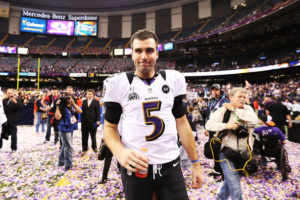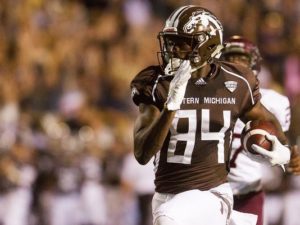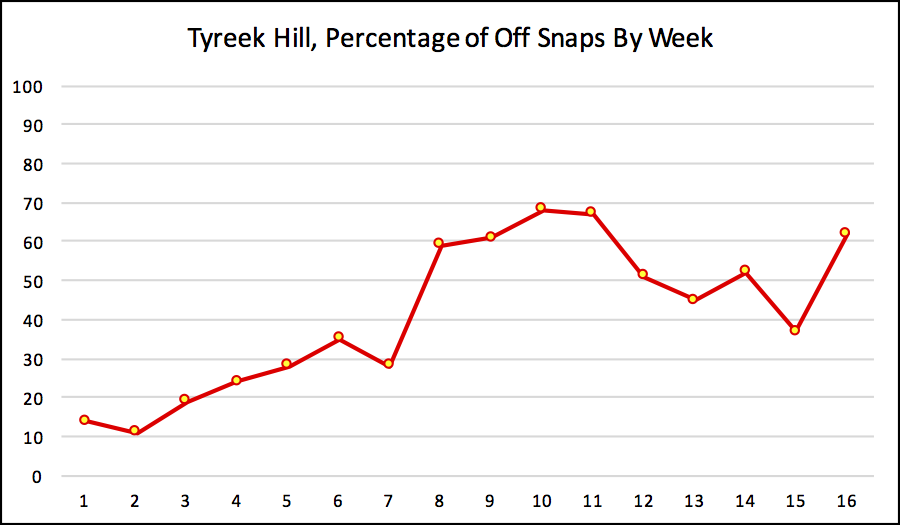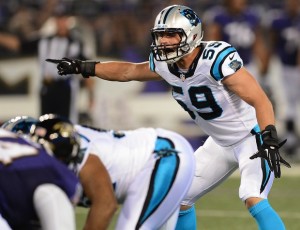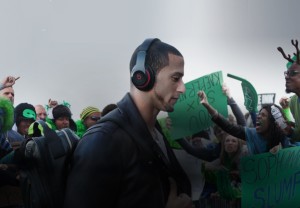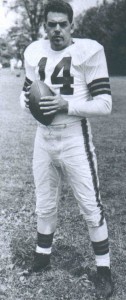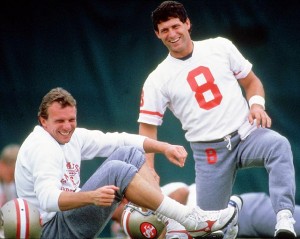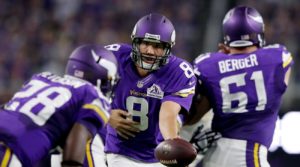
Jones telling George where he put the running plays in the playbook.
This week, James “Four Touchdowns” Hanson had a couple of interesting posts on the support four star quarterbacks received. James provided some very extensive, in-depth analysis, but that doesn’t mean there isn’t still a place for simple, surface-level analysis, either!
I was wondering which quarterbacks received the most and least support from their team’s rushing attacks. Which brings us to Jeff George. There are 179 quarterbacks who have started at least 50 games in the NFL. George started games across five different teams — Indianapolis, Atlanta, Oakland, Minnesota, and Washington. And in the 124 games he started, his teams averaged just 87.9 rushing yards per game, the fewest of any quarterback in NFL history.
In Oakland (23 of 124 starts) in ’97 and ’98, George had an in-his-prime Napoleon Kaufman, so that wasn’t a bad situation: his Raiders averaged 105.9 rushing yards per game. And in 10 starts with the Vikings in 1999, George had the impressive combination of Robert Smith and Leroy Hoard, and the Vikings averaged 126.4 rushing yards per game.
But his fortunes were much different in his other stops. George began his career, of course, with the Colts from 1990 to 1993. In his 49 starts in Indianapolis, the Colts were absolutely terrible on the ground. There were 112 team seasons from 1990 to 1993 — that’s four years during the 28-team NFL — and the four Colts teams ranked 106th, 108th, 111th, and 112th in rushing yards over that period. Over those four years, Indianapolis rushed for just 4,841 yards, more than 1,000 rushing yards behind the second-worst team (Miami). The Colts averaged an anemic 3.38 yards per carry, also worst in the league. In George’s 49 starts, Indianapolis averaged just 75.6 rushing yards per game.
George then went to Atlanta, and from ’94 to ’96 (35 starts), the Falcons rushed for just 82.3 yards per game in George’s starts. George started 16 games in both ’94 and ’95, and Atlanta averaged the fewest rushing yards per game of any team in the NFL during that period. As you probably know, those Falcons famously ran the Run-N-Shoot under head coach June Jones, so some of this was a reflection of philosophy rather than lack of talent In 1994, the Falcons ranked dead last in both rushing attempts and rushing yards, and 3rd in pass attempts and 5th in passing yards.
The personnel was suited for Jones’ offense: Terance Mathis, Andre Rison, Bert Emanuel, and Ricky Sanders were all starters in the Falcons 0-TE/0-FB offense, with Ironhead Craig Heyward and Erric Pegram at running back. That offense worked pretty well (and would likely work even better today), but a high number of interceptions and a bad pass defense caused the team go to 7-9 in 1994. In ’95, Rison (who signed an enormous contract to play in Cleveland) and Sanders (just two catches in his final season) were gone, but Eric Metcalf was acquired in Rison’s place and J.J. Birden (from Kansas City) filled Sanders’ role. Heyward actually made the Pro Bowl and rushed for 1,000 yards, but the Falcons remained a pass-heavy team. George was benched three games into the 1996 season, ending his time in Atlanta.
The table below shows the rushing yards per game averaged in games started by each quarterback, for the 179 quarterbacks with at least 50 starts. The table is sorted by rushing yards per game, from most to fewest, so George is at the very bottom (the table is fully sortable and searchable). [continue reading…]



